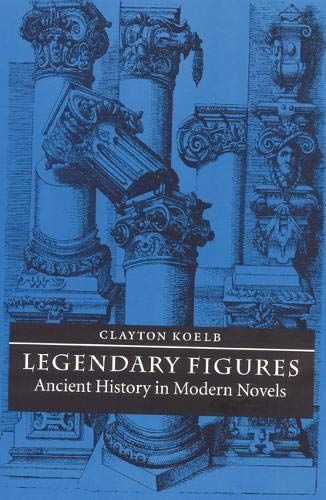
Legendary Figures Ancient History in Modern Novels
Legendary Figures examines revolutionary views of the past that have played a crucial role in European and American literature of the last 150 years. Clayton Koelb traces these new approaches to history through an impressive range of novels,øfrom Flaubert?s Salammb– to Christa Wolf?s Cassandra. Koelb argues that this new ?historical sense,? which arose in the mid?nineteenth century, gained eloquent expression in Flaubert?s writings. What is crucial about the new historical sense is that it views the past as essentially ?alien? and ?other.? The connection between past and present may be powerful, but it is always indirect and difficult to negotiate. As a result, the past seems exotic and unattainable, the object of nostalgia and desire. Koelb distinguishes this sense of history, with its persistent discontinuities between past and present, from the more continuous and progressive views of history of novelists like Sir Walter Scott and such philosophers as Hegel, Marx, and Luk¾cs. In their writings, history ?proceeds according to the laws of cause and effect, and each epoch can be understood as both the result of the previous one and the cause of the next.? In contrast, the modernist writers that Koelb examines?Flaubert, Pater, Mann, Broch, Wilder, Yourcenar, and Wolf?imagine a past that is ?mythic? and ?legendary? and thus a metaphor for everything distant, complicated, unattainable, and unknowable.